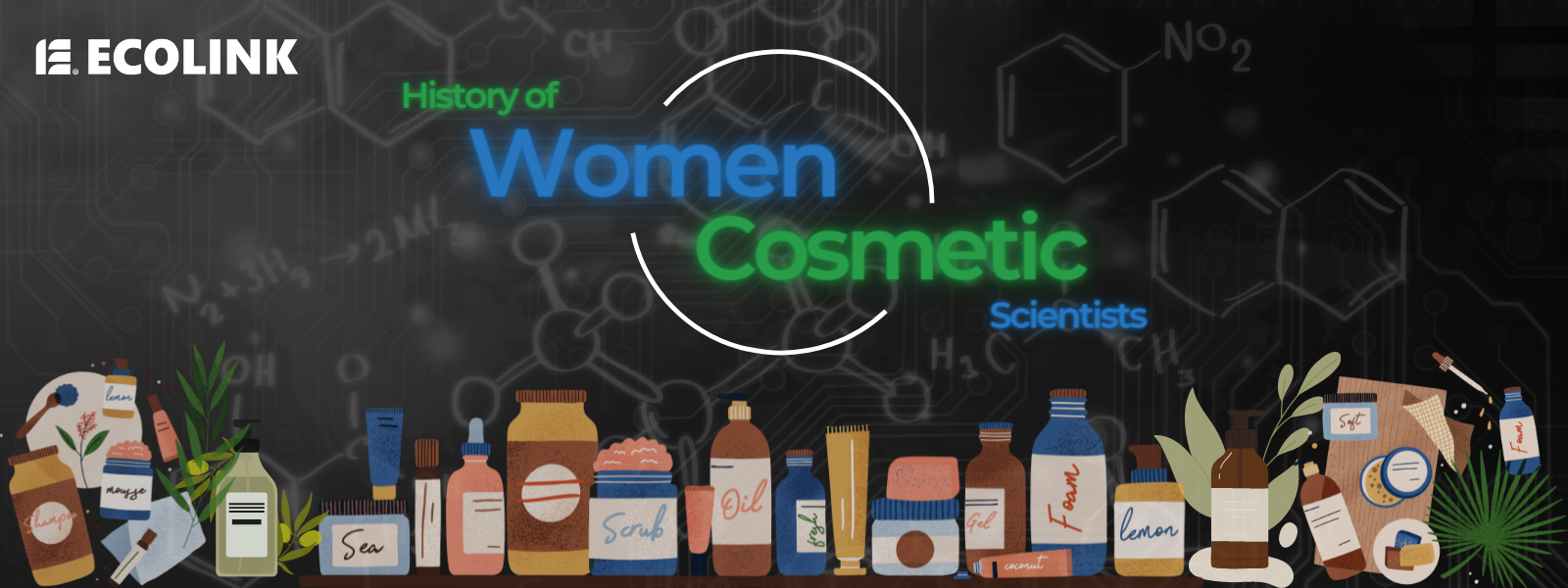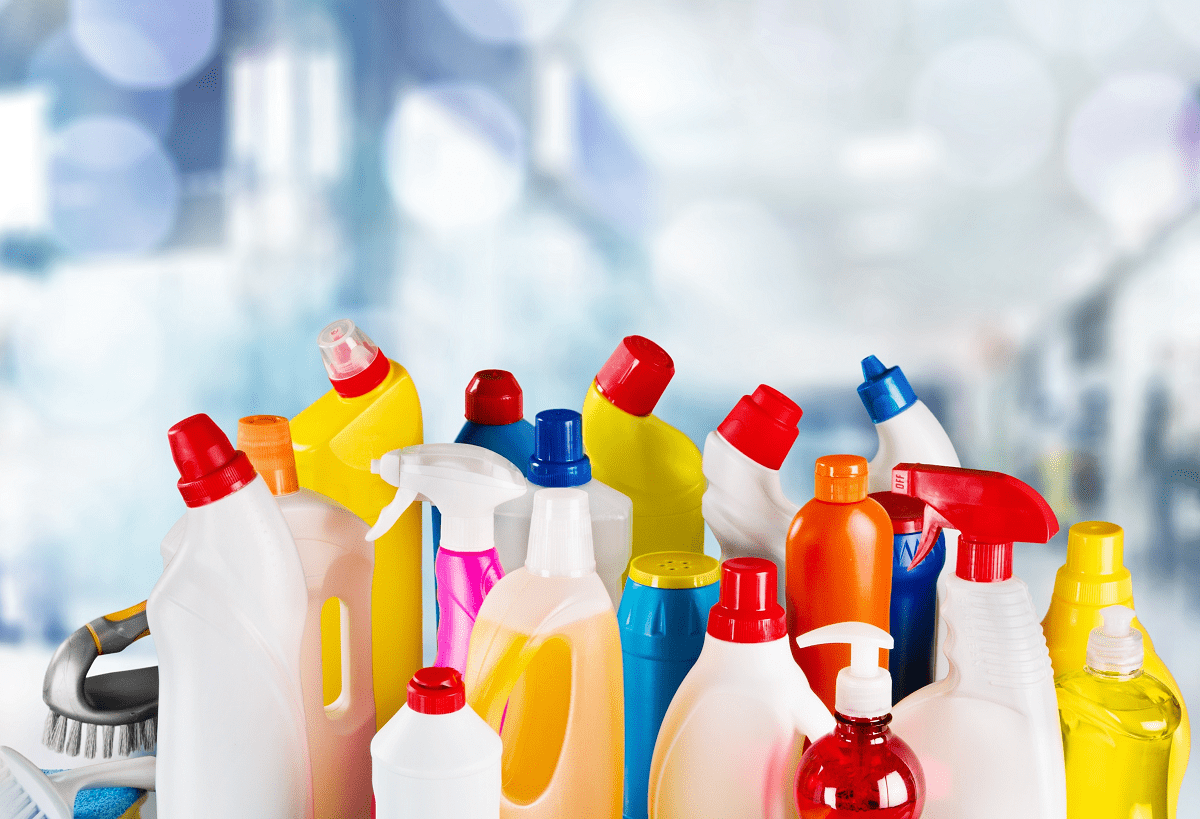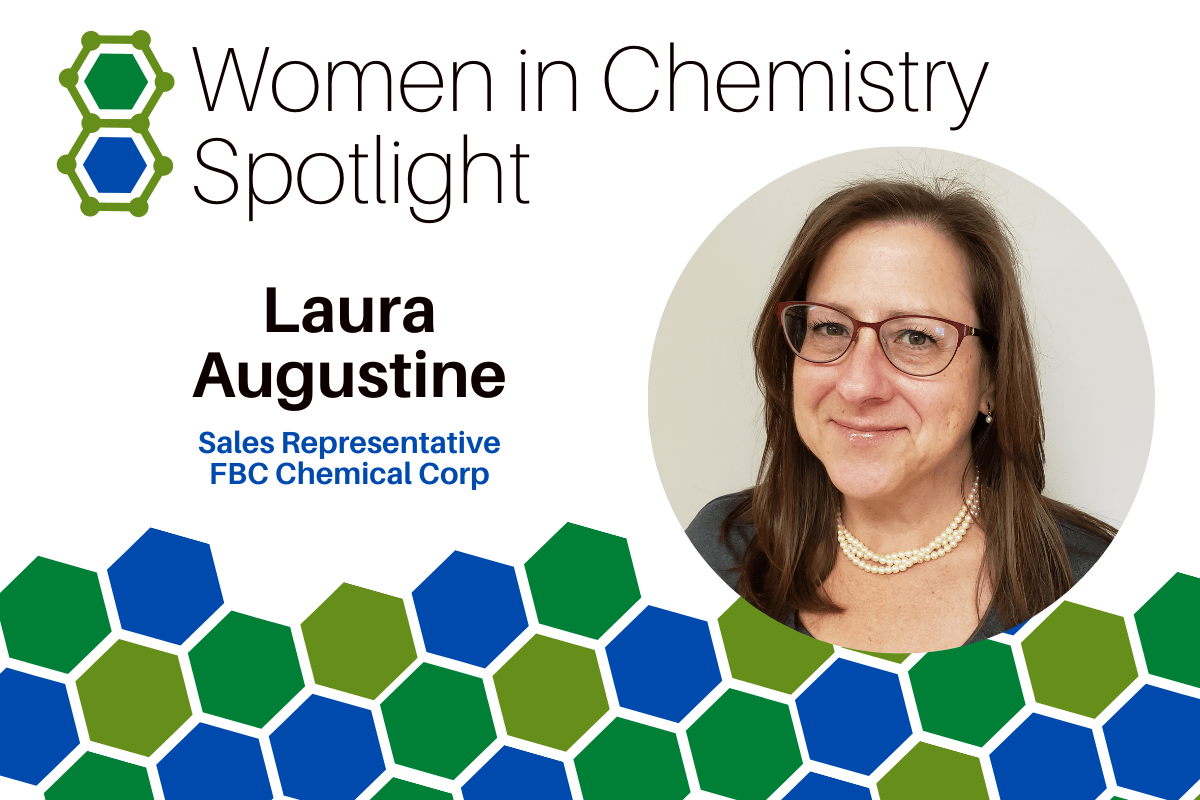For both men and women, cosmetics are part of our everyday lives. While cosmetics are synonymous with makeup, there are several products that fall under this category that people of all genders use—lotions, colognes and perfumes, makeup, and hair dye are only a few...








